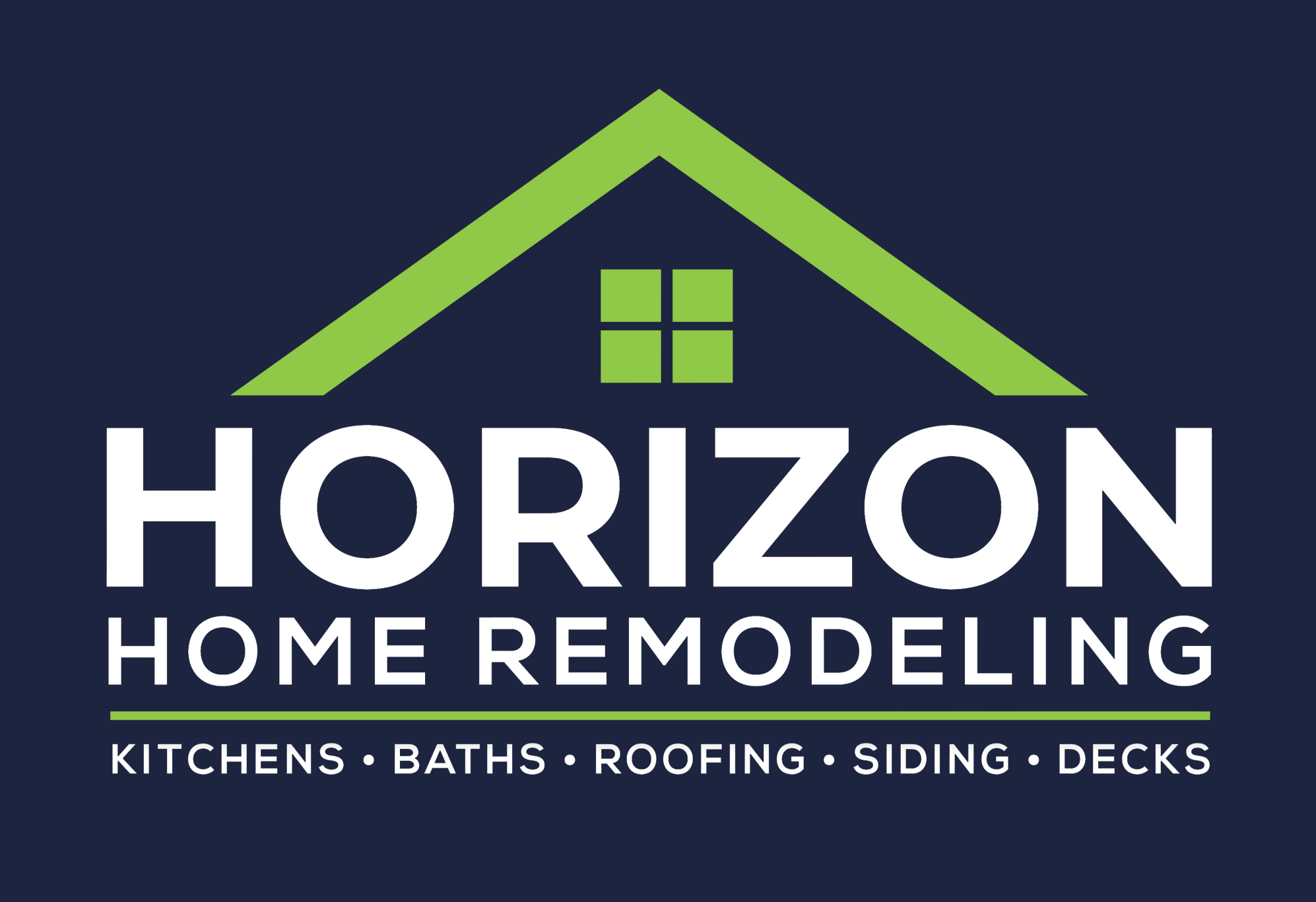Flat roofs are a popular choice for both residential and commercial buildings, offering a sleek aesthetic and a variety of functional benefits. However, selecting the right flat roof can be daunting given the multitude of options available. This guide will explore the different types of flat roofing materials, their advantages, disadvantages, and considerations for your specific project.
What is a Flat Roof?
A flat roof is defined as a roof that has a slope of less than 10 degrees. Unlike sloped roofs, flat roofs provide a more usable space for installations like terraces, HVAC systems, and solar panels. While they can effectively shed water, their design requires careful selection of materials and installation to prevent issues with drainage and leaks.
Types of Flat Roof Systems
There are several types of flat roofing systems, each with distinct characteristics and benefits. Here’s a breakdown of the most commonly used materials:
1. Built-Up Roofing (BUR)
Traditional and widely used, Built-Up Roofing (BUR) consists of multiple layers of roofing felt and bitumen. The layers are alternated and topped with a layer of gravel or a reflective coating.
Advantages:
- Durability: BUR roofs can last up to 30 years with proper maintenance.
- Fire resistance: The materials used in BUR provide high fire resistance.
- Cost-effective: Lower installation costs when compared to some other materials.
Disadvantages:
- Weight: BUR roofs are heavy, which may require structural reinforcement.
- Installation complexity: Requires skilled labor for proper installation.
2. Single-Ply Membranes
Single-ply membranes are made of synthetic materials and are available in two main types: Thermoplastic (TPO & PVC) and Thermoset (EPDM).
TPO & PVC:
- Heat-reflective: These materials can help increase energy efficiency.
- Lightweight: Reduces the load on the building structure.
- Seam strength: Heat-welded seams provide superior watertightness.
EPDM:
- Durability: Excellent weather resistance and can last up to 50 years.
- Flexible: Can accommodate structural movement.
3. Spray Foam Roofing
Spray foam roofing involves spraying a mixture of isocyanate and polyol resin, creating a seamless, insulated barrier.
Advantages:
- High insulation value: Reduces energy costs significantly.
- Seamless installation: Reduces the risk of leaks.
- Lightweight: Minimal impact on the building’s structure.
Disadvantages:
- UV exposure: Requires a top coat for UV protection.
- Application complexity: Requires professional installation due to chemical handling.
4. Modified Bitumen
Modified Bitumen is a bitumin-based product modified with polymer for added performance. It’s usually installed with heat, cold adhesives, or self-adhesive methods.
Advantages:
- Ease of installation: Can be applied with various methods based on installation preference.
- Diversity of options: Available in various colors and finishes.
Disadvantages:
- Life expectancy: Generally last around 15-20 years.
- Temperature sensitivity: Performance can vary in extreme weather conditions.
5. Green Roofs
Green roofs involve the installation of vegetation over a waterproof membrane, creating an eco-friendly, energy-efficient roofing option.
Advantages:
- Insulation: Provides excellent thermal insulation.
- Environmental benefits: Reduces stormwater runoff and improves air quality.
- Aesthetics: Enhances the visual appeal of a building.
Disadvantages:
- Higher installation cost: More expensive due to landscaping requirements.
- Maintenance: Requires regular upkeep of plants.
Considerations for Choosing a Flat Roof
When selecting a flat roofing system, several factors must be considered:
1. Climate Considerations
Different roofing materials perform better in various weather conditions. For instance, if you live in an area with high UV exposure, reflective materials like TPO or PVC may be ideal. Alternatively, regions with heavy snowfall might benefit from BUR due to its robust design.
2. Budget Constraints
Cost can vary significantly between materials, not to mention the installation costs. Determine your budget beforehand and consider both initial and long-term expenses such as maintenance and repairs.
3. Building Usage
The purpose of the building can influence your choice. For commercial buildings storing heavy equipment, durability will be crucial. On the other hand, residential homes may place higher value on aesthetic appeal.
4. Energy Efficiency
Energy-efficient roofing can lower heating and cooling costs. Consider roofs that offer reflective properties or high insulation values based on your climate.
5. Lifespan and Maintenance Requirements
Evaluate how long you expect the roof to last and how much maintenance you’re willing to perform. Some materials require more frequent inspections and maintenance than others.
Case Studies
-
Commercial Green Roofs in NYC: A review of various green roofs in New York City showed reduced energy costs by 20% and improved air quality metrics, illustrating the effectiveness of this roofing type in urban areas.
-
EPDM in Snowy Regions: In areas with heavy snowfall, buildings with EPDM roofs reported fewer issues with leaks compared to traditional BUR, showcasing its flexibility and durability under icy conditions.
Conclusion
Choosing the right flat roof involves understanding the types of roofing materials available, their benefits, and their downsides as well as evaluating your specific needs including climate, budget, and building usage. By carefully weighing these factors, you can select a roofing solution that enhances your property’s longevity, efficiency, and aesthetic appeal.
In summary, take the time to assess all available options, consult with roofing professionals, and consider how each system aligns with your specific needs to make an informed decision. After all, the roof is not merely a protective structure but an integral part of your building’s overall performance and value.



